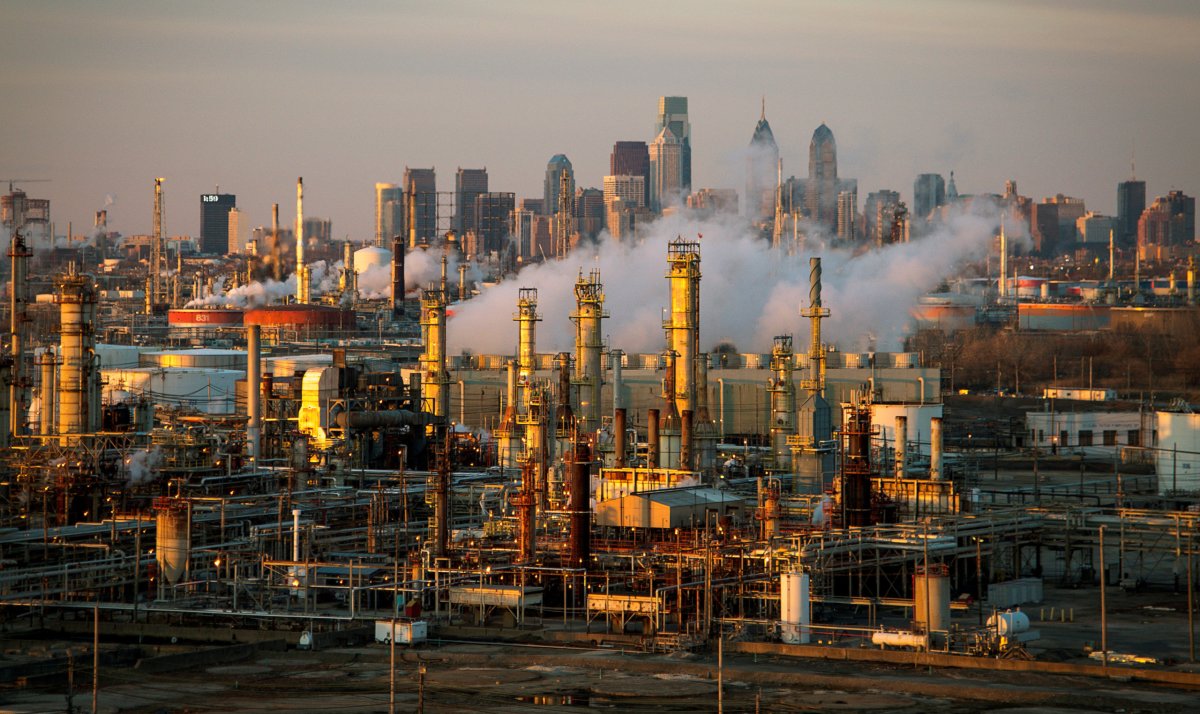By Henning Gloystein
SINGAPORE (Reuters) – Oil prices rose on Tuesday, lifted by healthy economic growth as well as the ongoing supply restraint by a group of exporters around OPEC and Russia.
Spot Brent crude futures U.S. West Texas Intermediate (WTI) crude futures Traders said oil markets were generally well supported by healthy economic growth.
The International Monetary Fund (IMF) on Monday revised upward its forecast for world economic growth in 2018 and 2019, to 3.9 percent for both 2018 and 2019, a 0.2 percentage point increase from its last update in October. The “economic outlook and seasonally colder weather has led to firmer oil demand growth, facilitating the continuation of a fall in oil inventories toward OPEC’s recent five-year average target,” BNP Paribas said in a note. This growth, which is also translating into more oil consumption, comes at a time of supply curbs by the Organization of the Petroleum Exporting Countries (OPEC) and Russia, which began in January last year and are set to hold throughout 2018. “The outlook for 2018 is roughly balanced for most of the year, but inventories are set to rise in Q4’18,” the French bank said, adding that it has hiked its 2018 oil price forecasts by $10 a barrel and expects WTI to average $60 a barrel and Brent $65. But there have also been signs of a possible crude oil downward price correction.
Crumbling refinery profits, first in Asia and now also in Europe and the United States, as a result of rising feedstock prices and plentifully available fuel products, point to lower crude orders going forward. In the longer term, investors are preparing for large-scale changes in oil demand coming from the rise of electric vehicles.
Bank of America Merrill Lynch said this week in a note to investors that “we see peak oil demand by 2030 on electric vehicles…Electric vehicles will have replaced conventional (vehicles) by 2050.” The bank also said that “when gasoline demand peaks by 2025 (and total oil by 2030), refinery utilization rates may decline permanently and refining margins suffer heavily.”
(Reporting by Henning Gloystein; Editing by Richard Pullin and Kenneth Maxwell)










